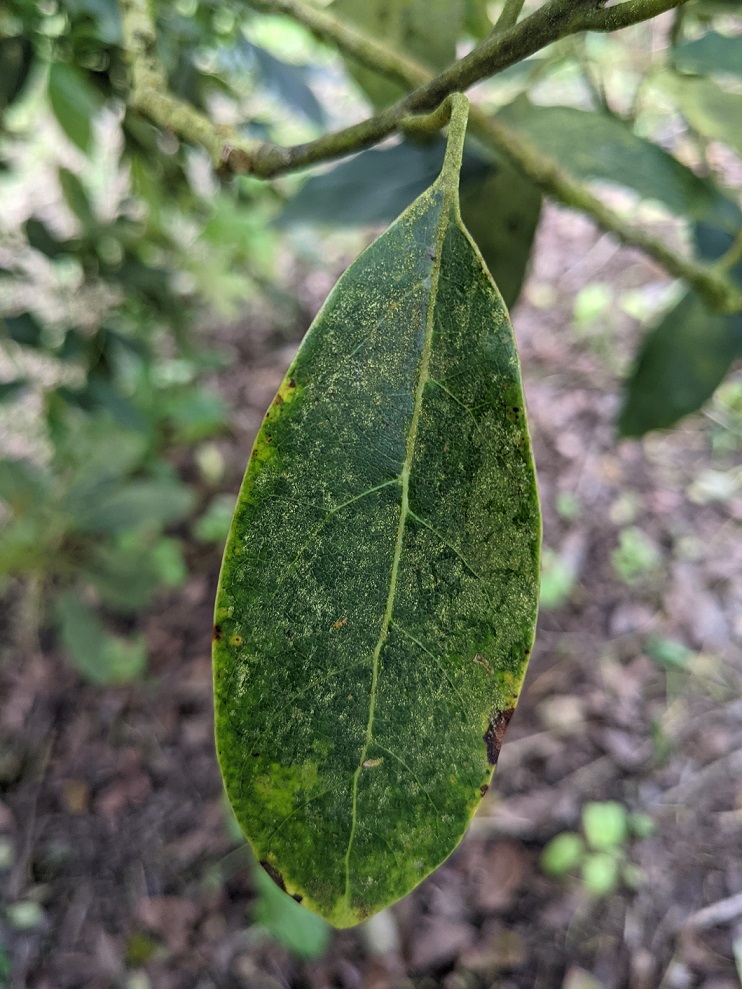Growing avocado
Background
Avocado (scientific name: Persea americana), It belongs to the family Lauraceae and originated from tropical America, particularly Mexico and Central America. Spanish explorers would later spread avocado to other parts of the world, many years after its discovery and domestication.
The avocado tree is evergreen with oval leaves. The plant can grow up to 20 meters tall, depending on the variety, climate, and farmer’s preference. However, most farmers maintain their avocado orchards between 5-12 meters tall for easy management.
Main avocado varieties
Essentially, there are 3 main typesof avocado (Mexican, Guatemalan, and West Indian) and over 500 varieties. However, there is a unique classification that groups avocados as either type A or B. It is based on the fact that avocado flowers do not have distinct male and female flowers, but rather have both male and female organs, which function interchangeably.
The flower of type A avocado opens as a female in the morning of the first day and as male on the afternoon of the following day. On the other hand, type B avocado does the contrary. Below is a list of varieties in each category.
Type A varieties
- Hass
- Reed
- Pinkerton
- Mexicola grande
- Lamb hass
- Del rio
- Stuart
- Gwen
Type B varieties
- Bacon
- Brodgon
- Fuerte
- Joey
- Sir Prize
- Winter Mexican
- Zutano
The varieties differ in shape, texture, taste, and color. Hass and Fuerte’s varieties are the most popular avocados globally.
Growing conditions
Avocado trees do well in a tropical climate. They thrive in slightly warm temperatures of 15 – 30 ⁰C (60⁰F to 85 ⁰F) and precipitation of between 1,000 and 2,000 mm. The plants grow in nearly all types of well-drained soils but are intolerant to acidic, alkaline, and saline conditions. They prefer a pH ranging from 5.0 to 7.0.
The active root system of avocado is shallow and reaches a depth of 30 – 40cm, where the maximum depth of the root system is around 1.5m. Most of the active root system is at 10-30 cm and at a distance equal to the canopy radius from the stem.
Propagation and planting
Avocados are usually grown from viable seeds. However, the trees can be grafted to ensure optimal production and disease resistance. Ideally, the seeds are planted directly in the field or can be grown in containers for a few months and be transplanted later. As noted earlier, the seedlings should be transplanted during warm seasons and on well-aerated soils.
The goal in the first six months after transplanting an avocado tree is to break dormancy and have the plant grow vegetatively.
Nutrient requirements
Most nutrient uptake occurs during the flowering stage. The nutrient requirements of a specific orchard can be determined based on soil and leaf analysis, nutrient uptake for a determined target yield and the variety grown. Boron is particularly important during the flowering stage, as it plays an important role in pollination and fertilization.
Required concentration of nutrients in avocado leaves
| Element | Units | Adequate level |
| Nitrogen | % | 1.8 – 2.4 |
| Phosphorus | % | 0.08 – 0.20 |
| Potassium | % | 0.75 – 2.0 |
| Calcium | % | 1.0 – 3.0 |
| Magnesium | % | 0.25 – 0.8 |
| Sulfur | % | 0.2 – 0.6 |
| Boron | ppm | 20 – 100 |
| Iron | ppm | 50 – 200 |
| Manganese | ppm | 30 – 500 |
| Zinc | ppm | 30 – 150 |
| Copper | ppm | 5 – 15 |
| Molybdenum | ppm | 0.05 – 1.0 |
Nutrient removal of Hass Avocado yielding 10 tons/ha
| Nutrient | Extraction (kg/ha) |
| Nitrogen | 95 |
| Phosphorus | 22 |
| Potassium | 105 |
| Calcium | 15 |
| Magnesium | 6 |
| Iron | 0.25 |
| Copper | 0.06 |
| Zinc | 0.14 |
| Boron | 0.11 |
Pests and diseases
Several pests and diseases attack the avocado tree leaves and fruit. Some of the common pests include Persea mites (Olygonychus perseae), western avocado leafroller, and avocado thrips. Similarly, avocados are susceptible to diseases such as anthracnose, algal leaf spot, sunblotch, scab, black streak, stem-end rot, bacterial soft rot, and root rot.
Spidermites on avocado
Irrigation
Avocado is native to sub-tropical and tropical regions. Therefore, it requires a relatively large amount of water. Irrigation is important at key phenological stages, such as flowering and fruit set. Due to its shallow root system, frequent irrigation may be required, depending on the soil type and weather conditions. The required irrigation rate is calculate using the following equation:
ETc = ET0 x Kc
Crop coefficient (Kc) estimated values are given below:
| Growth stage | Kc |
| Vegetative | 0.6 – 0.7 |
| Flowering | 0.85 – 0.9 |
| Fruit set | 0.80 |
| Fruit growth | 0.4 – 0.75 |


